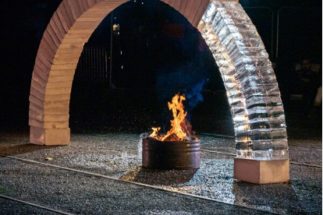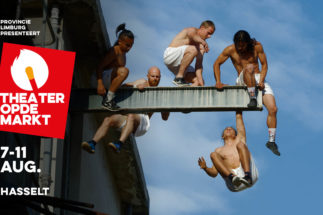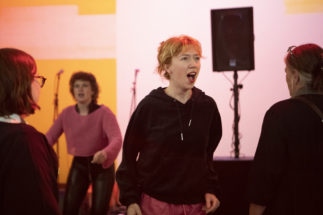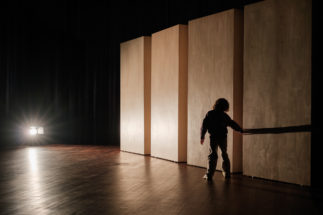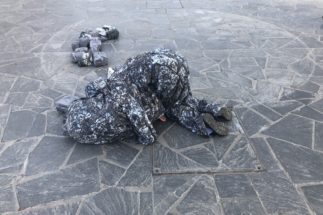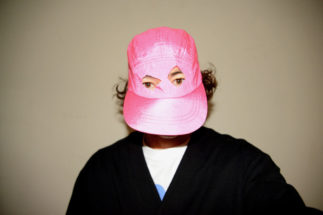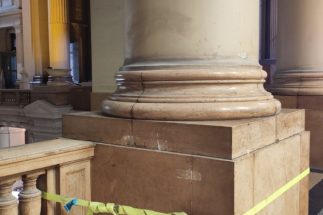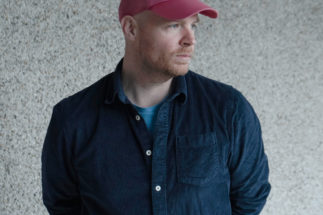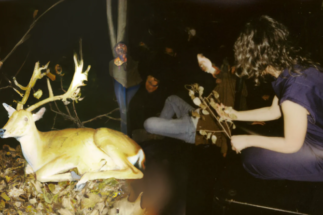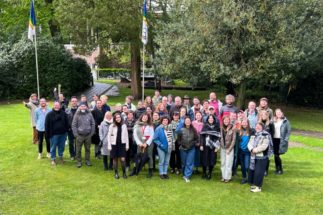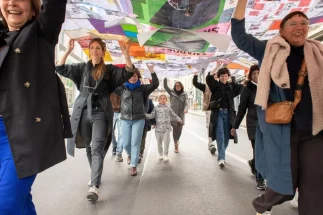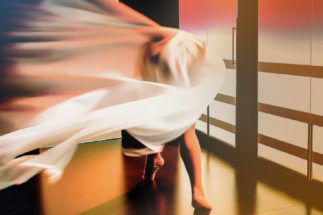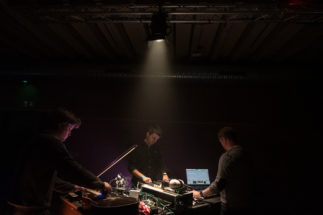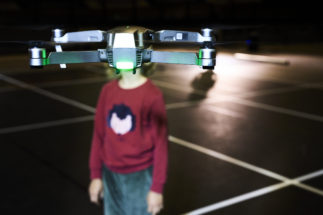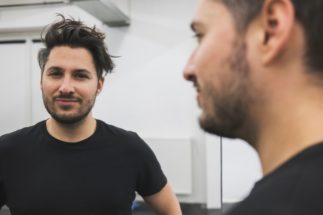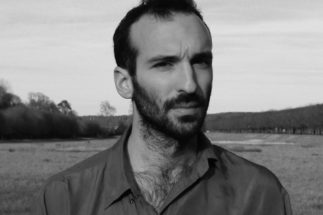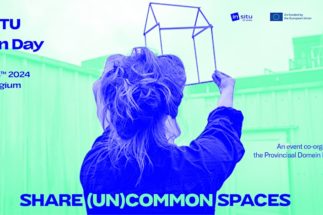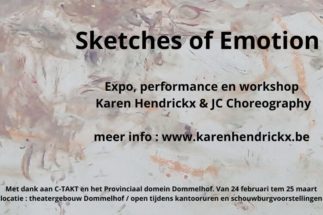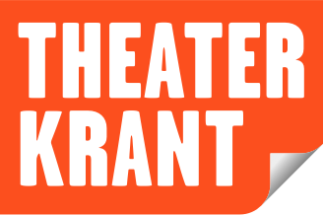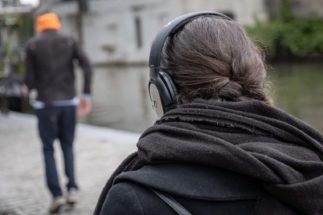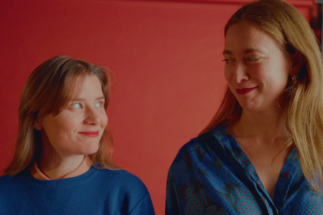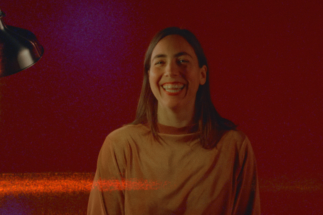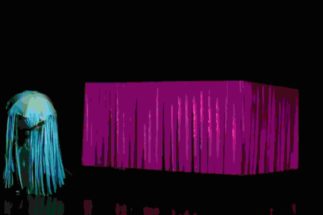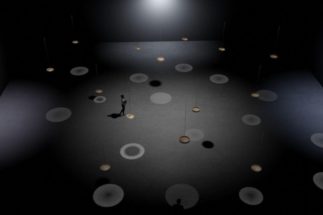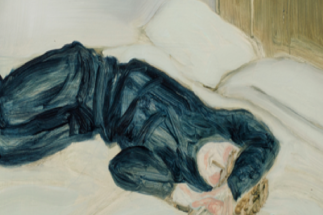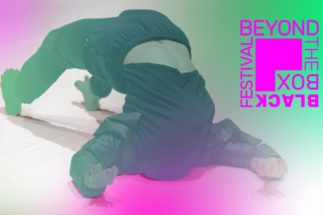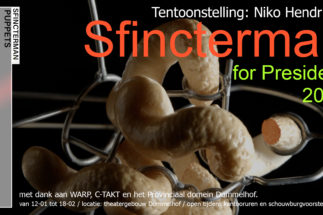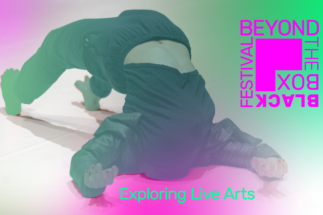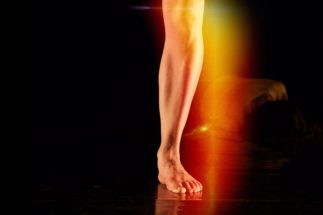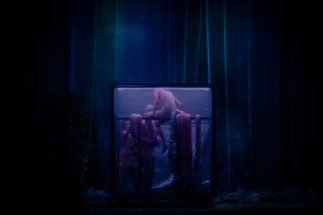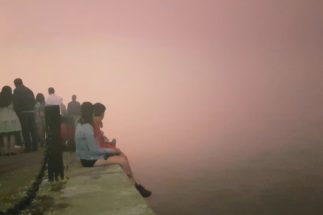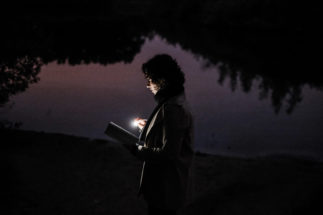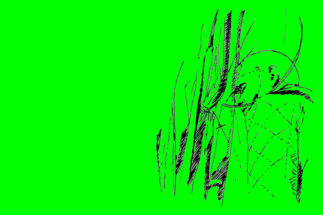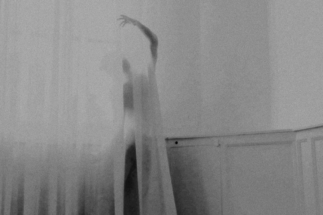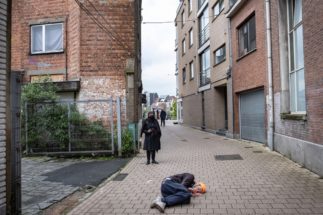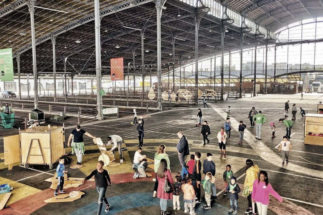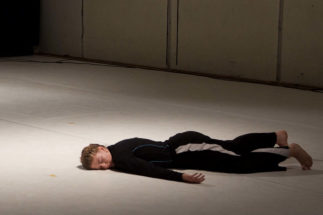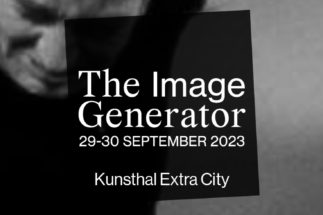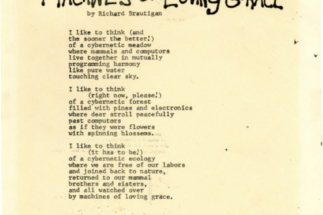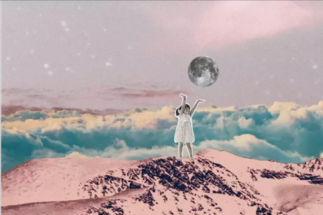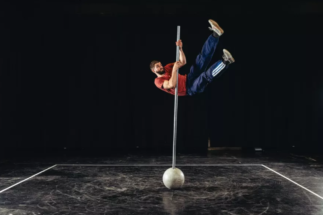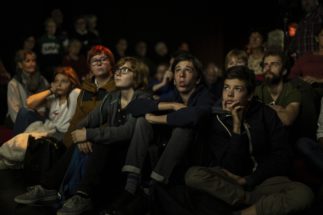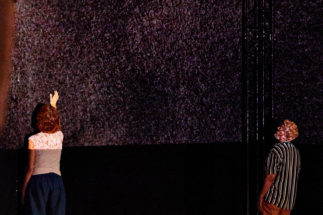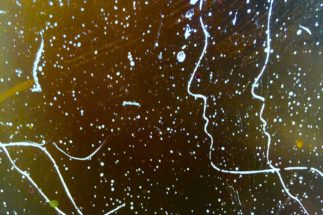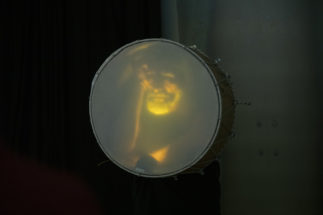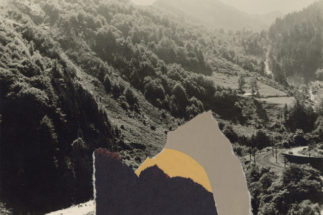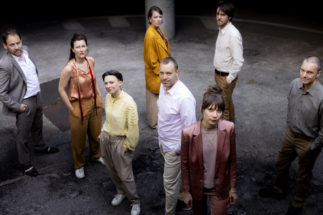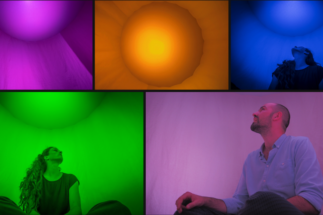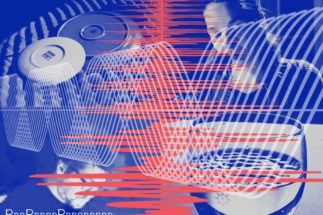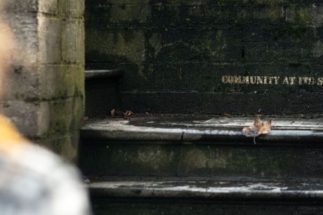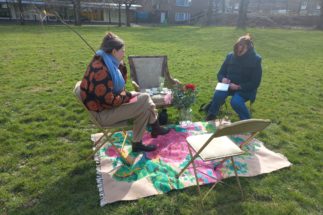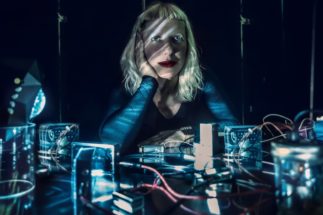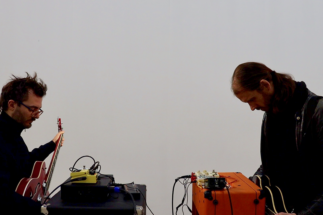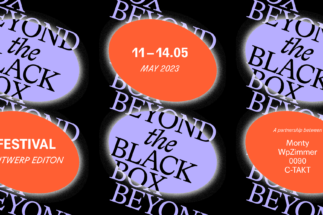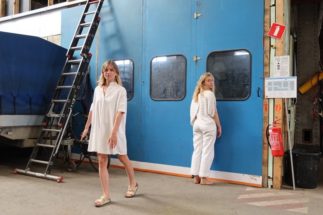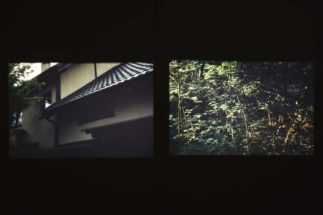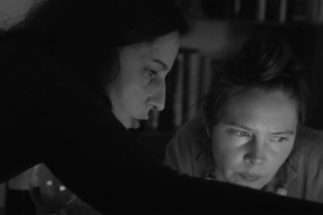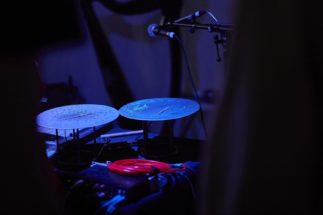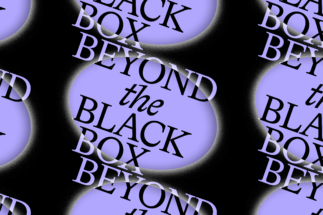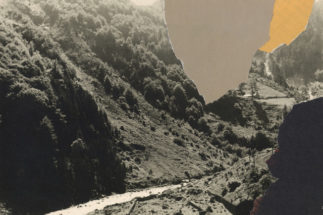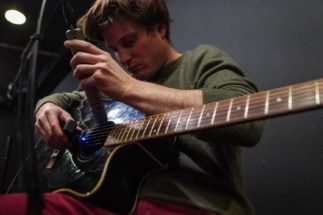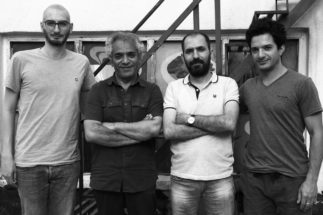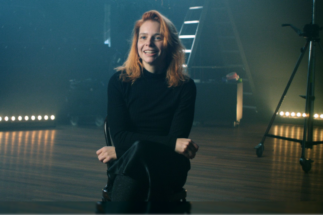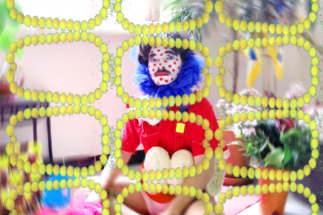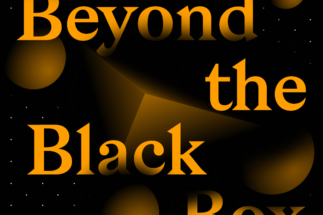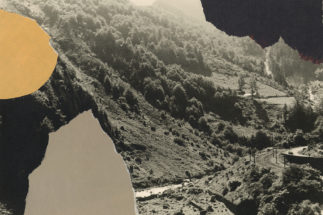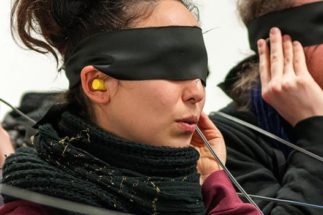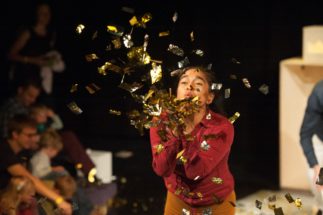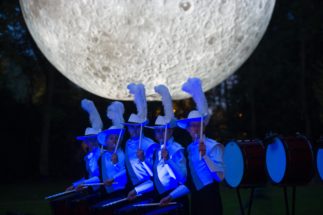16.03.2023
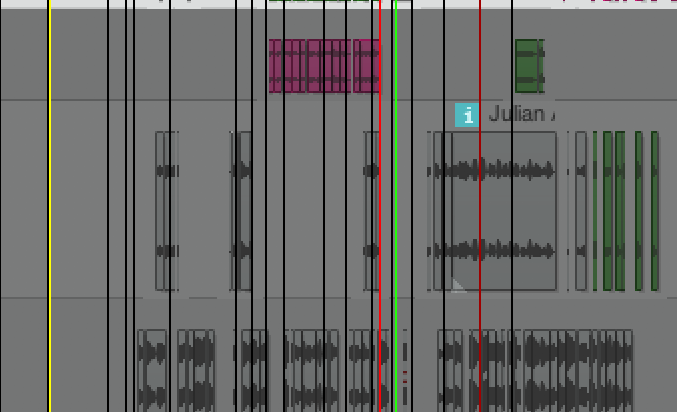
Practical
On 23 March 2023 at 2pm, Ioana Mandrescu and Kjersti G. Andvig will give a first taste of this special project.
Please note!
The show moment will take place in the church of Boseind.
St Joseph’s Church, De Kentings 15, 3910 Pelt
Would you like to be there? Then drop us a line here.
About Hacking Wagner
Hacking Wagner is a multi-channel sound installation that aims to recreate Richard Wagner’s opera Die Meistersinger von Nürnberg using pre-recorded samples of human speech. The starting point is the voice of Wikileaks founder Julian Assange, but the full cast consists of 30 different people. Assange’s sampled voice forms the entire orchestra and one of the seven main characters. The rest of the cast, soloists and choirs, are replaced by other famous people relevant to the story.
The original play is about a young man who challenges authority, in the name of passion. The opera’s protagonist, Walter, is brash and naive, some might even say arrogant, and thinks he can overcome an entire system by breaking the established rules. Not unlike our protagonist, Assange. As if by exposing the crimes of some of the world’s most powerful states and insisting on the public’s right of access, he also thought he could literally change the whole world. The geopolitical and press ethics implications of Wikileaks and Assange’s current situation have raised serious questions about freedom of speech and the ideals of the Enlightenment. Ideals that have long been fundamental to the West’s identity – are now back in play. Wagner and Assange are both people with whom many have an ambivalent relationship and who are still considered highly controversial in some circles. Nevertheless, both have done pioneering work in their respective fields and made important contributions to the larger “human archive”. Intellectually, musically and politically. Common to both is that their work has been partly overshadowed by their personalities and criticisms, which have not always been justified. Both can also be read in different ways as “embodiments” of coming horrors.
Finally, the play is Wagner’s only comedy, which will be clearly reflected in the choice of contemporary characters and the story that develops between them.
All elements of opera are replaced by sounds, words and phrases. The piece consists of 21 different instruments, 60 leitmotifs (melodies repeated throughout the piece), 6 different choirs and 7 main characters.
To replace the notes for the instruments, we will create tone scales based on consonants followed by a vowel. For some scenes, we will also create scales that use numbers, laughter, places, names, etc. In the current phase, we are using about 20,000 unique clips.

